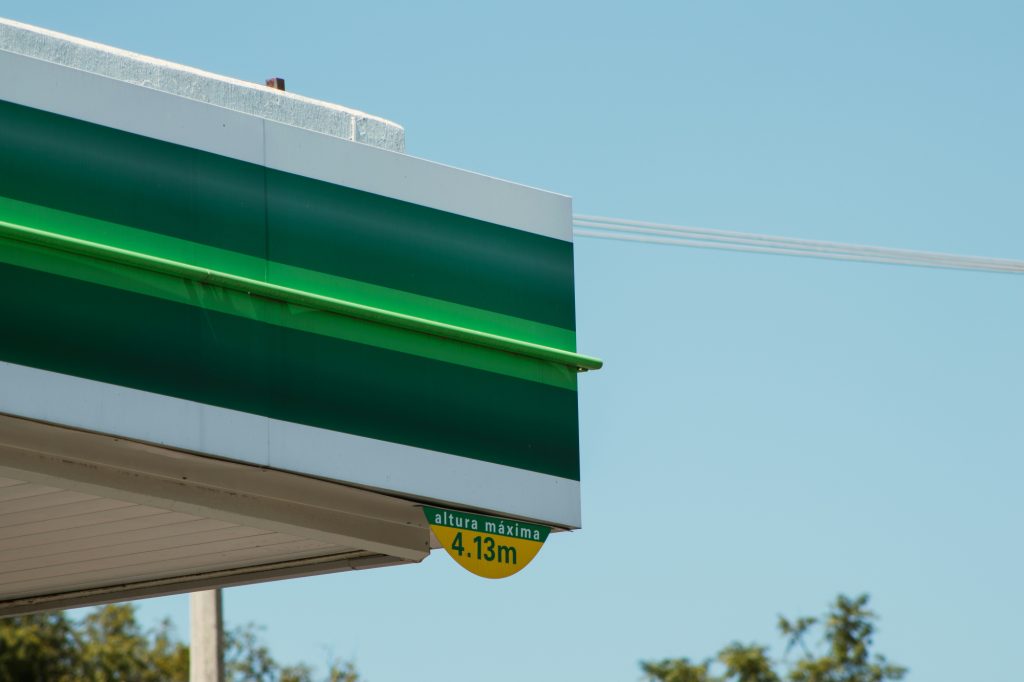Carrying out an integral transformation of the company, from decision-making to production processes, including asset management, is a fundamental process for any industrial company that wants to improve its competitiveness in a globalised world.
Digitalisation also gives companies a flexibility and versatility that makes them more resilient to any type of situation. This has proved indispensable in recent years.
Digitalisation is the phenomenon that is driving the current Fourth Industrial Revolution in which we are immersed. The development of technologies, products, systems and solutions is taking place at an unprecedented pace. Partly thanks to the efforts of their manufacturers, but mainly due to the demand from an industrial sector that is increasingly aware of the benefits that can be obtained from them.
Among the main benefits of digitisation, the one that most motivates companies to undertake this transformation is the increase in competitiveness and profit margins. This is demonstrated by a PWC study, which shows that 86 % of industrial companies expect to see cost reductions with the implementation of digital technologies in their business.
If the Fourth Industrial Revolution is the stage, Factory 4.0 is its main actor. Smart factories are where traditional manufacturing converges with the advantages of the technological and digital world.
Tools such as AI, blockchain, machine learning and IIoT are already driving industrial digital transformation in companies of all sizes. But, “which trends will lead this process over the next few years?” is the question on the minds of corporate decision-makers around the world.
Here we try to analyse them.
Highest optimisation of production processes
The industrial digital transformation implies a constant change, due to the uninterrupted irruption of new technologies. In this respect, companies must evolve towards flexibility in all areas. At the industrial level, work is underway to ensure that the right technology is applied to reduce the time between a decision being made and its implementation in the factory. This optimises production times.
In addition, predictive analytics helps companies understand how their equipment and machines work and why they stop. Thus, it is possible to predict those production failures that result in unnecessary costs.
As an additional benefit, IIoT and Machine Learning will enable companies to make significant cost savings. It is only a matter of time before we see, for example, machinery capable of monitoring fuel usage or engine status. In this sense, the industrial digital transformation implies an improvement in productivity and performance.
Customise the product to meet your users’ specific needs
The new market paradigm means that consumers are no longer passive recipients of messages, but make their voices heard through different platforms. Businesses in all fields must listen to them and act accordingly.
This new system was difficult to apply in the industrial world. A few years ago it was unthinkable to manufacture tailor-made products in areas such as the automotive industry. However, the digital industrial transformation has enabled the factory to produce customised products in the same way that batches are generated.
Tools such as ERP, CRM and Customer Experience Mapping are enabling industrial companies to access information about the entire supply chain and make decisions about their products. Trans-sectional decision-making is therefore part of the digital industrial transformation.
The definitive advent of the 5G network
Although 5G has been talked about for years, 2023 will be the year when its potential becomes clear. This technology will be responsible not only for increasing broadband speeds, but also for profound changes in industrial digitisation and Smart Cities, among other applications.
In its industrial application, 5G will enable so-called smart manufacturing: centralised monitoring of activities, use of the cloud or quality inspection will increase.
Artificial Intelligence and Machine Learning: Data and its analysis as a tool to achieve competitive advantages.
Data analytics will be one of the most important trends in industrial digital transformation from 2023 onwards. Collecting and analysing customer data and applying the lessons learnt will be a key theme in the coming years.
The truth is that industrial companies are going to face a reality: competitors are already using data analytics and those that do not will become obsolete. This process provides access to valuable information on the opportunities and problems generated by the products.
AI and machine learning increase the results of data analysis. Companies of all types are already using digital data analytics tools to explore the options offered by industrial digital transformation. Streamlining production, knowing which machinery needs repairs or controlling the status of inventory are some of the data that are easier to know thanks to the digitisation of processes.
Machine learning and AI go one step further. They allow large amounts of data to be analysed, making it no longer necessary to assign entire teams of analysts to these jobs and reducing to a mere fraction of the time needed to analyse information that could previously take months. Today’s algorithms are not only faster, but are also capable of handling large volumes of data.
This allows, among other things, machines to have the ability to learn from data and make decisions accordingly. All this with the aim of being able to solve and automate processes such as those mentioned in the previous paragraph in the coming years.
Blockchain
As with 5G technology, the Blockchain has long been heralded as a huge disruption on many levels (also for industrial digital transformation), but has yet to deliver clear results, something that is expected to change over the next few years.
And the fact is that major advances are expected in many areas, such as food safety, intellectual property or real estate management. Giants such as IBM are already giving clues as to where this technology and its application to industry is heading, in areas such as automotive, banking services or the protection of sensitive data.
Connected vehicles, autonomous drones and Smart Cities will become a reality
The full development of technologies such as 5G will also enable the real explosion of other long-talked-about trends. Testa and Uber are already working on connected and autonomous vehicles, while Amazon is getting closer to using autonomous drones for deliveries. Likewise, the steps to generate Smart Cities bring us closer to this reality.
The industrial digital transformation will be about knowing how to apply these ideas and innovations to industry and manufacturing, generating more efficient processes.
Metaverso, the doors to a new productive universe
Digital twins have brought an unprecedented revolution to every step of the production process. From the ability to test different scenarios to see how a slight change in the production line can affect the performance of the production line, to testing the final product to determine how it will perform under certain circumstances and thus improve its performance, it has optimised processes and products in a way and in such a short timeframe that was simply impossible a few years ago.
However, despite what it may seem, this technology is still at an early stage, and there is still a long way to go before its full potential can be realised. However, over the past year, a concept has been launched that could be the next big step in improving the industrial production universe: the metaverse.
Metaverses are defined as “environments where humans interact and exchange virtual experiences through software in cyberspace, which acts as a metaphor for the real world, but without necessarily having its limitations”.
This, applied to the production chain of a company, will give it a very high added value; integrating both the intellectual and physical production processes into a single one; making the design and manufacturing phases no longer conceptually different.
The evolution of the process of taking a car off the line for engineers to analyse a possible defect. The feedback they provide is integrated in real time throughout the organisation,
One of the consequences of this new scenario will be the development of distributed manufacturing, close to the consumer, on a scale never known before. A balsamic idea in times of supply chain crisis, of “counter-gobalisation” in the terminology of the global logistics giant DHL.
Thus, for example, a manufacturer can place any employee, at any stage of product development, at the centre of the product and analyse possible faults or defects in the manufacturing process, so that he or she can take appropriate measures and provide the necessary feedback so that these measures are adopted horizontally throughout the organisation.
A possibility that is also open to customers. Thanks to hyper-realistic images, they will be able to analyse any product or solution and give instructions to adapt it to their activity, tastes and/or specific needs.

